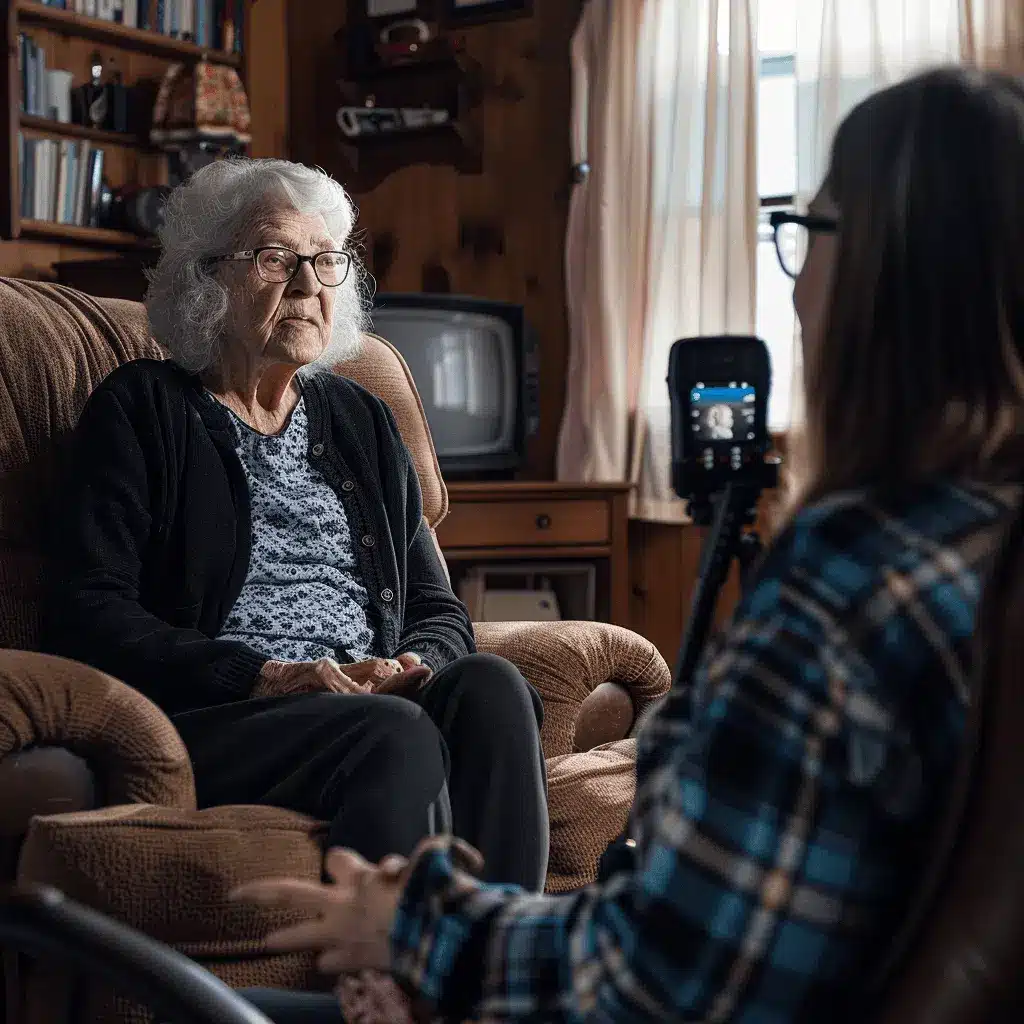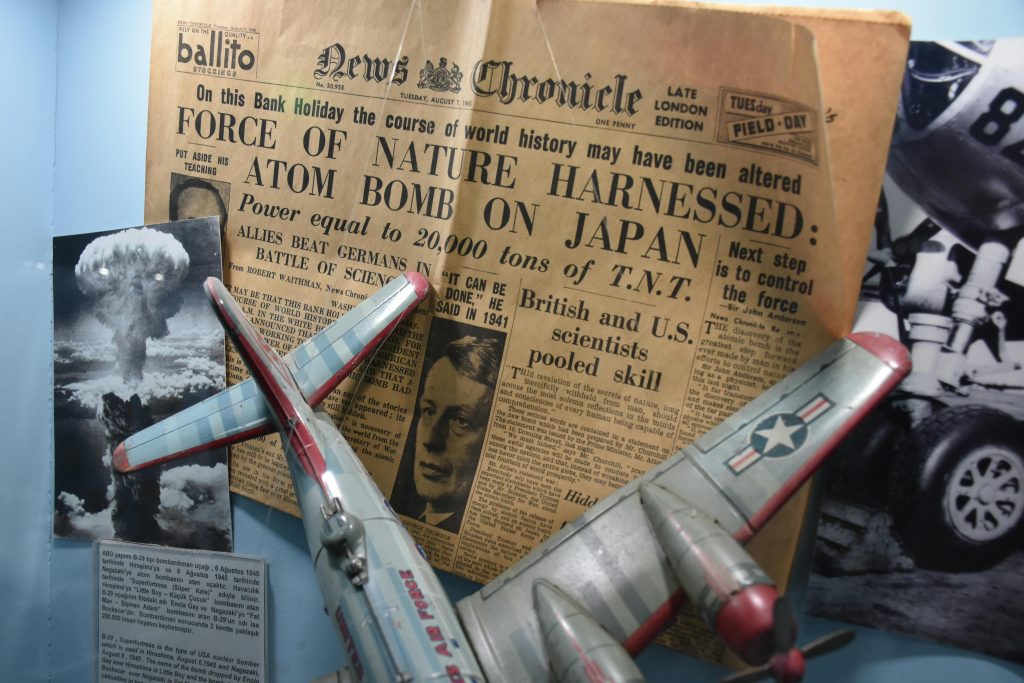How to Turn Your Grandparents’ War Stories into a Captivating Book
April 14, 2025
Imagine discovering an old military medal tucked away in a drawer or stumbling upon a faded photograph of a relative in uniform, accompanied by a box of frontline letters. These aren’t just relics of the past; they’re the keys to unlocking an extraordinary story—one that deserves to be preserved and shared.
The challenge lies in transforming scattered documents, letters, and oral accounts into a compelling and well-organized narrative. With the right approach, you can bring your family’s military history to life in a way that honors their service and captivates future generations.
Gathering the Pieces of the Story
Start by assessing what you already have. Common sources include:
- Discharge papers
- Photos
- Old uniforms
- Medals and awards
- Letters home
- Personal journals
- Family bibles
- Birth certificates
- Death records
Discharge Papers (DD-214 or Earlier Equivalents)
These official documents provide foundational details such as service member names, military branches, ranks, unit assignments, commendations, and service dates. If you need additional records, these papers will be invaluable for requesting information from government archives.

Photos, Uniforms, Medals, and Memorabilia
Even without accompanying documentation, these items contain valuable clues.
A uniform patch might indicate a specific division or battalion, while an inscription on the back of a medal could reveal the date and campaign in which it was earned.
Each piece is a puzzle waiting to be solved.
Letters and Personal Journals
Letters and journals offer intimate insights into daily life, emotions, and experiences.
They may also include important details such as names of fellow soldiers, locations, and military operations, making them rich sources of historical information.
Family Bibles, Birth Certificates, and Obituaries
While they may not seem military-related, these documents confirm names, birthplaces, and family connections, aiding in the process of tracking down service records.
Once you gather these materials, organize them in a dedicated research folder—whether physical, digital, or both. Keeping everything in one place will make your research process much smoother.
Talking to Family Members
Some of the most valuable insights come from conversations with older relatives. Oral history fills in the gaps left by official records. Ask open-ended questions such as:
- What branch of the military did Grandpa serve in?
- How long was he in the military?
- Do you remember any stories he told about his service?
- How did he receive his medal?

Be sure to record these conversations when possible, as firsthand accounts capture details and emotions that might otherwise be lost.
Researching Military Records and Historical Context
Once you’ve exhausted family sources, expand your research through official records and historical databases.
Start with the National Archives
The National Archives and Records Administration (NARA) holds millions of military personnel files.

Use Standard Form 180 (SF-180) to request records, providing as much identifying information as possible.
Note: Some Army and Air Force records from 1912 to 1964 were lost in a 1973 fire.
However, alternative documents, such as pay vouchers, unit rosters, and hospital records, may still be available.
Search Online Military Databases
Many private platforms offer valuable military records, including:
- Fold3 (www.fold3.com): Digital military documents, draft cards, muster rolls, and pension files.
- Ancestry.com (www.ancestry.com): Family tree tools and searchable service records.
- TogetherWeServed (www.togetherweserved.com): A platform for veterans and their families to connect and share service histories.
Understanding the Historical Landscape
Context adds depth to personal stories. If your grandfather was a radio operator in WWII, research how communication technology shaped key battles. Resources like the U.S. Army Center of Military History (https://history.army.mil) can provide broader historical context.
Utilize Local Resources
Sometimes, the best insights come from local sources:
- Veterans of Foreign Wars (VFW) and American Legion posts
- Local historical societies and museums
- Libraries
- County courthouses or records offices
- Community newspapers with wartime service mentions

Fact-Checking and Verifying Stories
Family war stories often grow over time, mixing fact with memory. While it’s important to honor these stories, accuracy matters.
Cross-Reference Details
Verify names, dates, ranks, and battle participation by comparing them with:
- Service records and discharge papers
- Unit histories and battle timelines
- Medal indexes and award databases
Watch for Common Pitfalls
Be mindful of common mistakes that can lead to confusion or misrepresentation—especially when dealing with complex histories and personal memories.

These may include:
- Confusing Army Air Forces (pre-1947) with the modern Air Force
- Assuming someone fought in a specific battle when they only served in the broader campaign
- Misidentifying medals (e.g., mixing up the Bronze Star and Purple Heart)
If details don’t align, approach discrepancies with empathy. Memory can be shaped by trauma, time, and emotion.
Bringing the Story to Life
At this point, you’ve gathered records, interviews, and historical context. Now, it’s time to transform data into a compelling narrative.
Move Beyond a Simple Timeline
Rather than listing dates and events, focus on moments that reveal character:
- A soldier enduring a brutal winter on the front lines
- The long-awaited letter home
- A medal ceremony decades in the making
These moments create emotional resonance.
Use Narrative Techniques
To truly honor and preserve your family member’s military stories, use narrative techniques that transform simple accounts into powerful, immersive storytelling.
- Vivid descriptions: Bring scenes to life with sensory details.
- Dialogue: Incorporate direct quotes from letters or interviews.
- Emotional depth: Show not just heroism but also fears, doubts, and hopes.
- Contextual framing: Place individual stories within the larger historical, cultural, or geopolitical backdrop to help readers understand the significance of a person’s experience.

Example: Instead of: In 1944, he served in Italy. Try: In a letter dated June 1944, he wrote: “Even the coffee can’t escape the dust here. I’d trade it all for one more sunrise in Indiana.”
A single quote can convey more emotion than an entire list of events.
Choose the Right Story Structure
- Chronological: Best for well-documented service histories.
- Thematic: Focuses on values like resilience, sacrifice, or brotherhood.
- Event-driven: Centers on a pivotal moment, using flashbacks for depth.
Every Story Deserves to Be Told—and Told Well
Documenting your ancestor’s military service isn’t just about recording dates and battles—it’s a powerful way to honor their courage, character, and the sacrifices they made. But turning a lifetime of stories and research into a cohesive narrative can be daunting.

Fortunately, you don’t have to do it alone.
With the right support, even scattered notes and fragments of family lore can become a meaningful tribute—something future generations will treasure.
Whether you’re just starting your research or ready to shape it into a complete story, there are professionals who can help you bring it all together with care, accuracy, and heart.






























